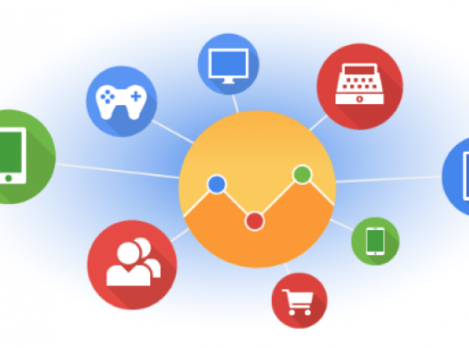Many people have been using Google Analytics (GA) to keep track of visitor traffic to their websites, web pages, and e-commerce endeavours. Although it’s always been a useful, powerful marketing analysis/monitoring tool, GA has offered rather limited metrics in comparison to the recently-launched Universal Analytics (UA).
How Does Universal Analytics Differ from Google Analytics?
The main difference is that GA has mostly focused on visitors-to-sites metrics; Universal Analytics, however, comes with many expanded/improved options and capacities. In fact, some of the major differences UA brings include:
- A more macrocosmic use of collected data, in addition to more varied, sophisticated data. This coming-in data will also be more easily analyzed in terms of each other, thus allowing very comprehensive, across-the-board comparisons.
- Much more informative use of customer/client calling/contacting data. Reports may be used, for example, to determine when clients called/emailed and whether (and when) it led to an online purchase; this option, of course, can also track ongoing sales metrics, including electronic “word-of-mouth” sales.
- Although UA isn’t just the next generation analytics, it is simply more versatile.
- Because of the upgraded Measurement Protocol, offline conversions (possible but not easy with GA) will now be more feasible. This will allow the collection/transmission of data directly into UA using a number of different devices/tools, thus linking most/all transactions.
- Report customization will make it possible to track all types of behaviors from which one might glean pertinent/useful information; reports will be able to subscribe to special “dimensions” now currently tracked or poorly tracked.
- The new UA will allow the virtually seamless linking of CRM data, technical support, third party data, email lists, etc., to logged-in user information/metrics. New variables, like age, gender, etc., may be tied to other considerations/metrics.
- Segmentation will allow a move away from simple visit-only analytics.
- Configure sessions are being increased from 30 minutes to 4 hours.
- The exclusion of specific organic search terms will give users more control.
- Users can now opt for more specific user-timings, while getting more data-driven results.
So Much for the Changes-What Are the Benefits?
- A better understanding of how clients/customers interact with our business across multiple touch-points/devices.
- Ascertaining of app performance.
- Amelioration of ROI and lead-generation, with online/offline comparative metrics.
- Reduction of client-side demand and, thus, better latency.
- The ability to perform multi-platform tracking.
- The tailoring of apps to better serve customers.
- Better tracking of conversions/revenue and overall business performance.
- The ameliorated website latency will enhance customer visit experiences, possibly leading better sales/interactions.
- Better communication between departments/personnel.
- More comprehensive, detailed business reporting.
Conclusion
There is no question that Universal Analytics will bring many positive changes to the enterprise. Not every business will be thrilled with the changes but, for those businesses that want to maximize website capacity/effectiveness and that want to stay ahead of the competition (especially within e-commerce), UA is wonderful news.








